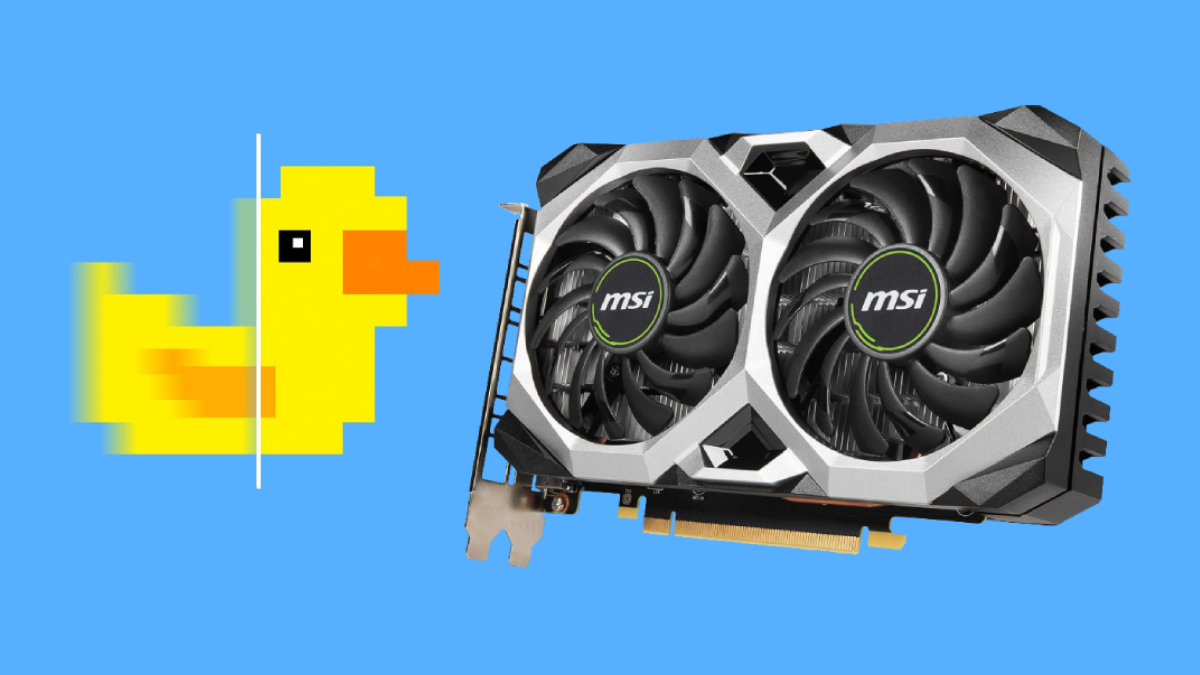This $7 alternative to Nvidia’s DLSS 4 tech helps revitalize your aging GPU with up to 20x performance boost

2025 brings a new generation of desktop graphics cards. Nvidia, AMD, and Intel are releasing (or have already released in the case of Intel) their new series of GPUs, and Team Green’s RTX 50 series is one of the most highly anticipated. Gamers will be able to get their hands on the new RTX 5090 and RTX 5080 cards at the end of January, whereas AMD won’t be launching its new Radeon GPUs until March.
But if you aren’t in a position to upgrade your GPU – or simply don’t want to right now – then how else can you keep up with the demands of modern games? Well, not playing modern games is one option. Aside from that, we thought we should highlight Lossless Scaling on Steam – a cheap alternative to paying hundreds of dollars for a 50 series card with DLSS 4 and Multi Frame Generation.
Lossless Scaling is a $7 alternative to DLSS 4 thanks to unlocked frame gen
A couple of weeks ago, a big anniversary update for Lossless Scaling brought LSFG 3 (Lossless Scaling Frame Generation 3) to the software. This came just after Nvidia revealed its MFG (Multi Frame Gen) technology which can produce up to three AI-generated frames on top of the traditionally rendered one. Let’s recap what LSFG 3 offers:
- Unlocked multiplier
- LSFG 3 also introduces an unlocked multiplier, now capped at X20
LSFG 3 promises to boost FPS by up to 20 times, though it’s worth pointing out that you’re treading into experimental territory once you cross beyond the X5 setting and many games may be considered unplayable if you push it too far due to graphical artifacts and latency. On the topic of latency, the LSFG 3 update did offer some improvements in this area:
- Improved latency
- Latency testing with the OSLTT tool (at 40 base FPS, X2) shows approximately 24% better end-to-end latency compared to LSFG 2.
These improvements were detailed in the chart below while utilizing Nvidia Reflex to help minimize latency as much as possible. Unfortunately, removing latency entirely is not possible – so we wouldn’t suggest relying heavily on this software if you want to stick to competitive titles.

In addition to the newer frame generation implementation, Lossless Scaling also offers a range of upscaling methods, which are listed as follows on the Steam store page:
- LS1
- AMD FidelityFX Super Resolution
- NVIDIA Image Scaling
- Integer Scaling
- Nearest Neighbor
- xBR
- Anime4K
- Sharp Bilinear
- Bicubic CAS
Most modern games launch with built-in upscaling support via the likes of AMD FSR, Nvidia DLSS, and Intel XeSS, but frame generation is not always a guarantee – especially if you’re running older hardware. For Nvidia users, only the RTX 40 series and upcoming RTX 50 series feature official FG support. So, those of you using an old GTX card for example can finally try out FG for yourself thanks to Lossless Scaling; the only worry moving forward is that some AAA titles require ray tracing as a minimum.
Since the major LSFG 3 update, bottlenecking has been fixed on Intel iGPUs which “boosts performance by a massive 100-200%” with noticeable improvements to AMD Vega and RDNA graphics as well. These are great gains if you plan to use Lossless Scaling on devices with lower-end integrated graphics.
YouTuber Ancient Gameplays put out a video testing the newer Frame Generation modes, which will help you get an understanding of how it affects framerate and visuals; he tests The Witcher 3 and Alan Wake 2 using the AMD Radeon RX 7800 XT.
